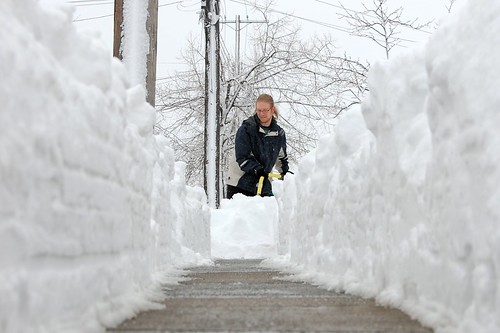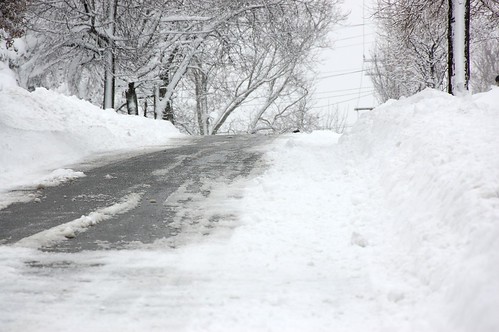Proponents of the current plan for the high school claim that less-expensive options won’t help our students prepare for the 21st century. But what exactly is a good education for the 21st century? And how can we build our high school today to meet the needs of tomorrow?
History suggests that when we try to predict what the future will bring, we get it wrong. In 1995, how well did you predict the ways in which the Internet would change the world? Did you predict anything like
Google and their free online
mail,
maps, and
office productivity software?
Wikipedia?
Amazon.com? Did you predict blogging and tweeting? Did you predict that the Internet would allow top universities like
MIT,
CMU,
UC Berkeley,
Johns Hopkins,
and many others to make their courses available to students around the world,
including high school students, for
free?
In the year 2000, did you predict that in less than ten years’ time, mobile phones were going to change the lives of young people? Did you predict that constant connectedness and text messaging would become a way of life for them? Did you predict that today, a lot of those free courses from the world’s top universities could be delivered directly to a mobile phone in a student’s hand, anytime, anywhere?
Just fifteen years ago, the Internet and mobile phones were two innovations that most people had never experienced. Nevertheless, both of them dramatically and unexpectedly changed the world we live in today, especially for young people and especially for education.
If we can’t predict the disruptive effects of emerging technologies only ten or fifteen years into the future, even when the technologies have been around for years (the Internet and mobile phones both existed well before fifteen years ago), how are we supposed to anticipate what our students will need
decades in the future?
We can’t. We’re terrible at predicting the future. Once we accept this truth, we’ll realize that trying to buy today what our students will need tomorrow isn’t likely to give them what they will actually need when the time comes.
And trying to build the high school for tomorrow is an even greater gamble. With online learning and mobile computing both on the verge of becoming mainstream, do we really expect that in twenty-five years students will need to go to a centralized building to learn?
How, then, should we prepare for the future? The answer is simple:
Save. While we can’t know today what we will need for tomorrow’s education, we do know that whatever it is, we can buy it with money. So the way to prepare for tomorrow is to save for it. That way, we can afford to buy whatever our students will need, when the need becomes clear.
That’s why overspending on a high school today is particularly harmful. Not only does it waste our money today, it deprives our students of what we could have purchased for them tomorrow.
Labels: 21st century education, education, high school renovation










 Follow us on Twitter
Follow us on Twitter Become a Fan on Facebook
Become a Fan on Facebook








